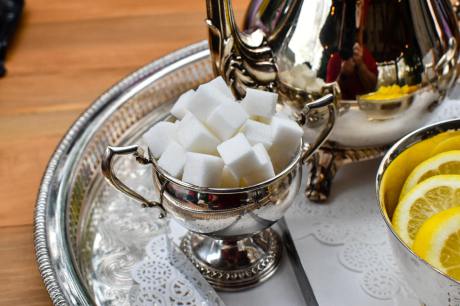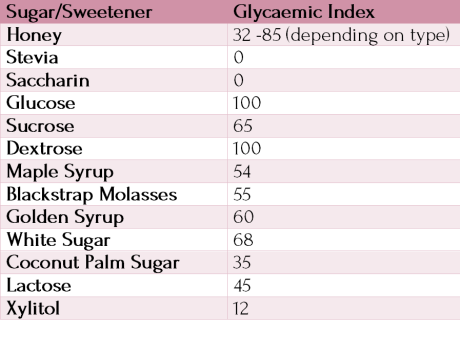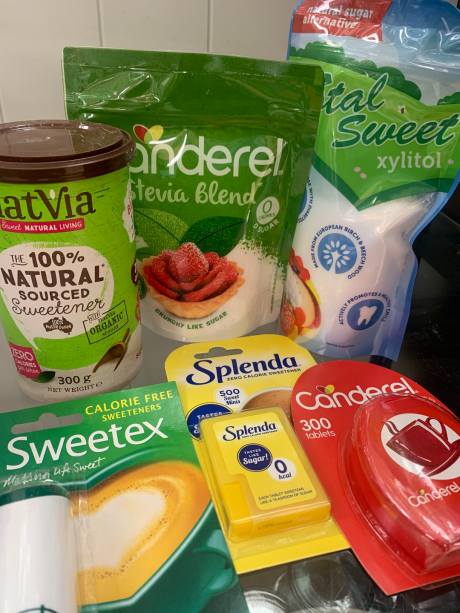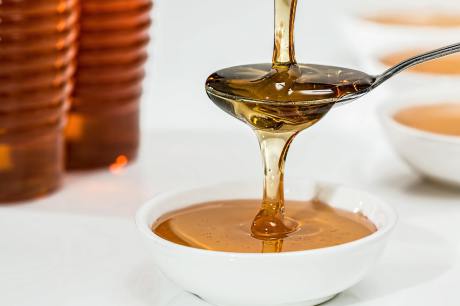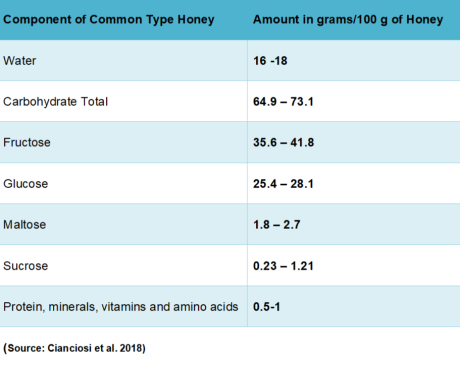IfeVida
IfeVida is a lifestyle brand for Nigerians in the diaspora and at home.
This Month's Feature Article
SUGAR
“Pure, White and Deadly”
Are there any good alternatives?
Healthy individuals who want to remain healthy and those with health issues must ensure that their diet does not compromise their status. This becomes more important where several alternatives of the same food items/ingredients are readily available. Such is the case with white sugar, Demerara sugar and honey. Is one better than the other as a sweetener? Is Demerara for example sweeter than white sugar? Is it more nutritious? After all brown bread is more expensive and more nutritious than white bread. And honey, how does it compare with both white and Demerara sugars?
Glycemic Index is a rating system used to show how much a particular food increases blood sugar levels. Glucose is
arbitrarily assigned the highest GI value of 100.
Foods that have less than 55 GI are rated low. GI 56 -69 are rated medium while those with GI greater than 70 are rated high. Foods that have a low GI index cause blood sugar levels to rise (and fall) slowly and can help make one feel fuller for longer thus controlling appetite.
Demerara sugar gets its name from the Demerara River in Guyana along whose banks there were sugar cane plantations. Both Demerara and white sugar undergo the same initial process in their production from sugarcane. However after the first pressing of the sugar cane, Demerara is taken out of the raw sugar and does not undergo further processing. It therefore still contains molasses and colour.
White sugar is produced by further processing to remove the colour and residue molasses.
This difference in extended processing results in differences in the final composition of Demerara sugar as opposed to white sugar. Because Demerara is not further processed it contains less sucrose (92 – 98 %) than white sugar (100 % sucrose) with the balance made up of glucose, fructose and small amount of minerals from the residual molasses it contains.
Artificial and Natural Sweeteners
These are chemical substances that usually have a low glycaemic index and as such do not raise blood sugar levels. There are some studies that have suggested that artificial sweeteners may increase appetite and lead to weight gain.
Honey is produced by bees from the nectar in flowers or honeydews which bees collect and transport to beehives. In the hive the nectar is converted to honey by a series of enzymatic processes. The composition of honey is a function of the botanical origin of the nectar, the processing, environmental conditions and the species of bees involved.
Unlike white or Demerara, honey contains a variety (about 180 types) of substances that are of nutritional interest (see Table below). Despite its high concentration of carbohydrates (at least 25 different types of Oligosaccharides) its glycaemic index (GI) varies within a wide range from 32 to 85 depending on the botanical source. Honey also has high antioxidant and anti-inflammatory properties. In addition to these honey has been demonstrated to have antimicrobial and anticancer properties against different types of tumors.
Are there possible issues with honey?
Poorly processed honey may be contaminated with heavy metals like lead, mercury, cadmium and arsenic. Certain plants contain toxic substances in their nectar that can be injurious to human health. Honey derived from such nectar are usually referred to as “Mad Honey”.
So between sugar,demerara, artificial sweeteners and honey what is to be concluded? Besides the deep caramel flavour from demerara, it is actually very similar to white sugar. Artificial sweeteners like Xylitol and natural sweeteners like Stevia with a lower GI index are probably better than sugar or honey. Further research is needed however to establish whether artificial sweeteners are healthier in the long term.
John Yudkin, the distinguished Professor of Nutrition of the world famous Queen Elizabeth College, University of London early in the 1970s referred to white sugar as “Pure, White and Deadly”. One wonders what he would make of honey and artificial sweeteners.




